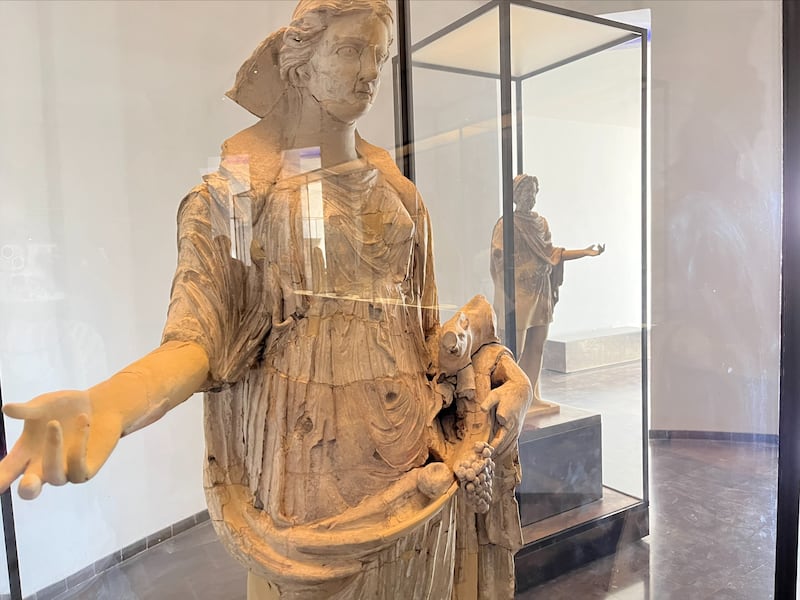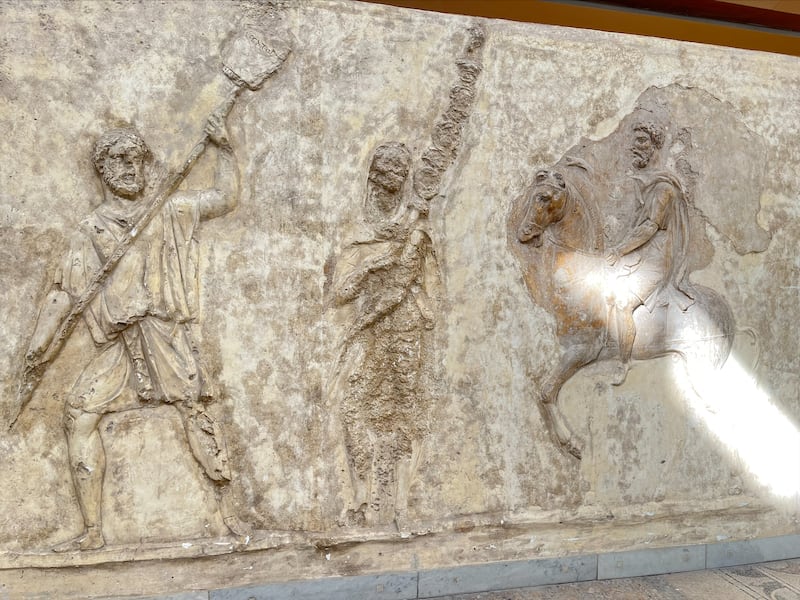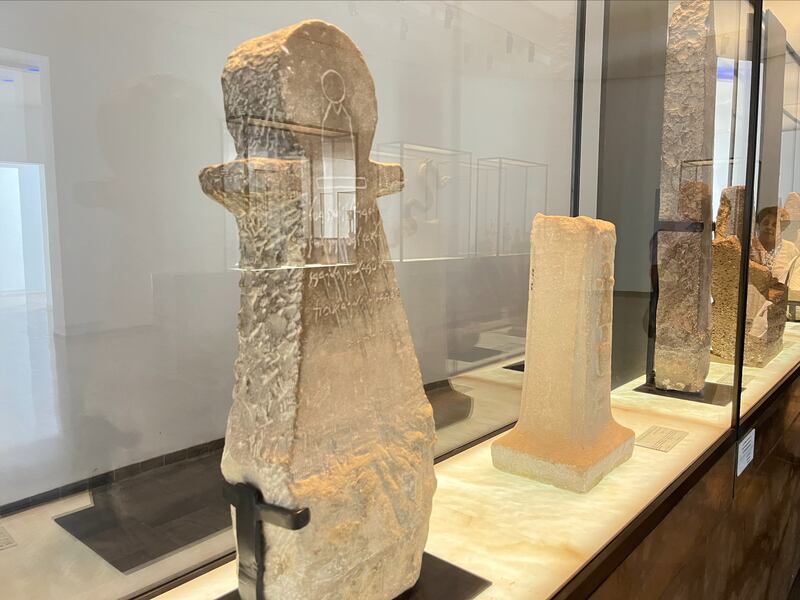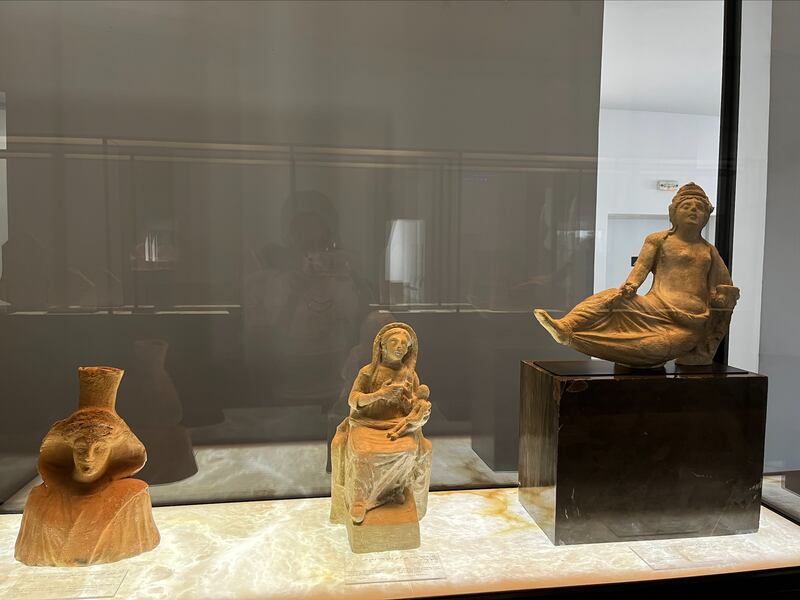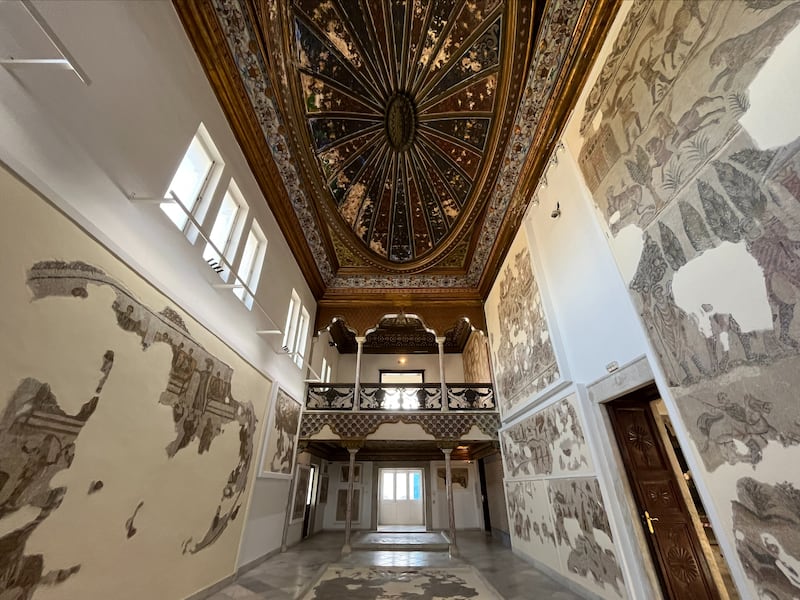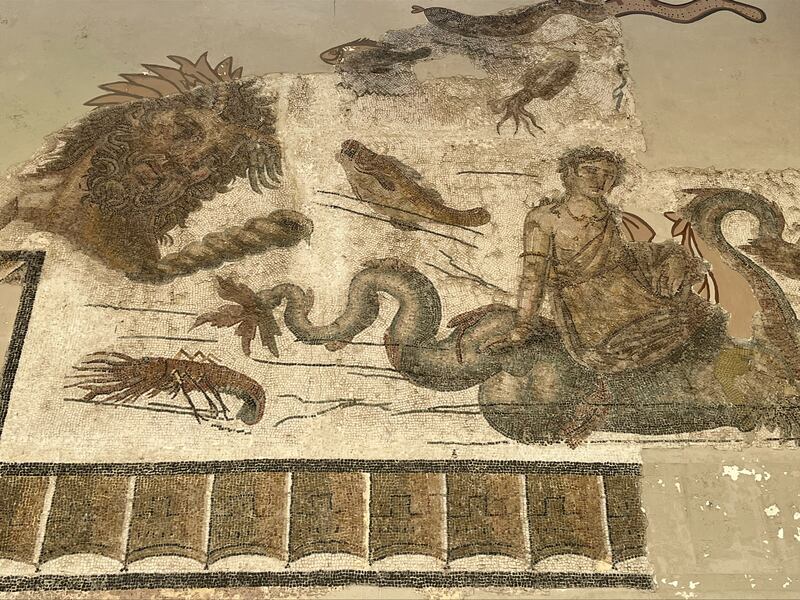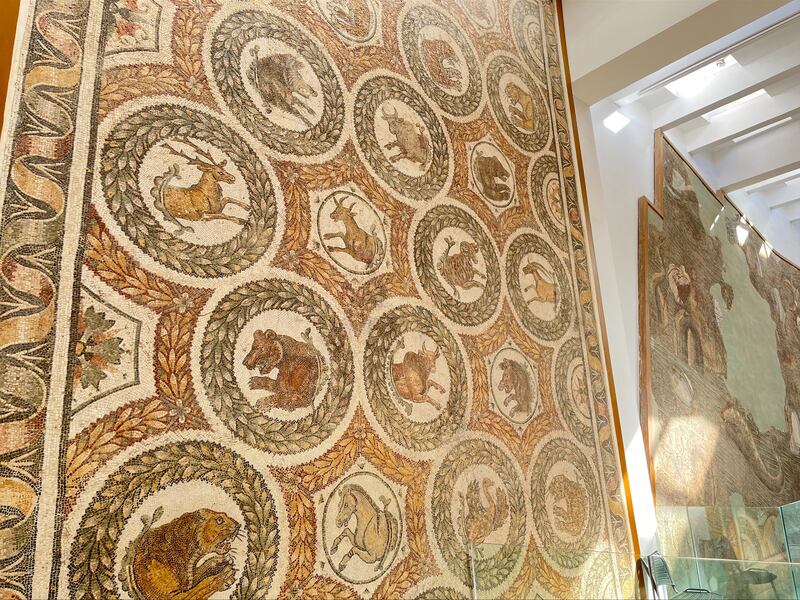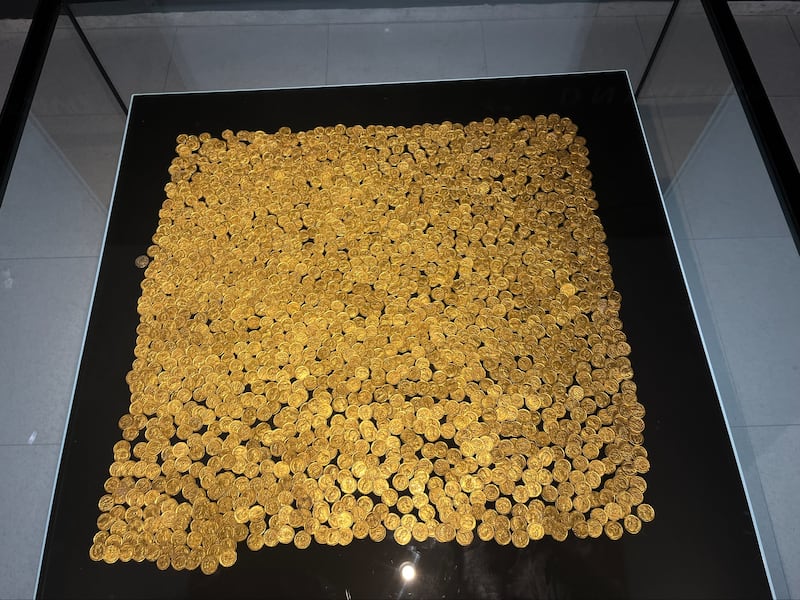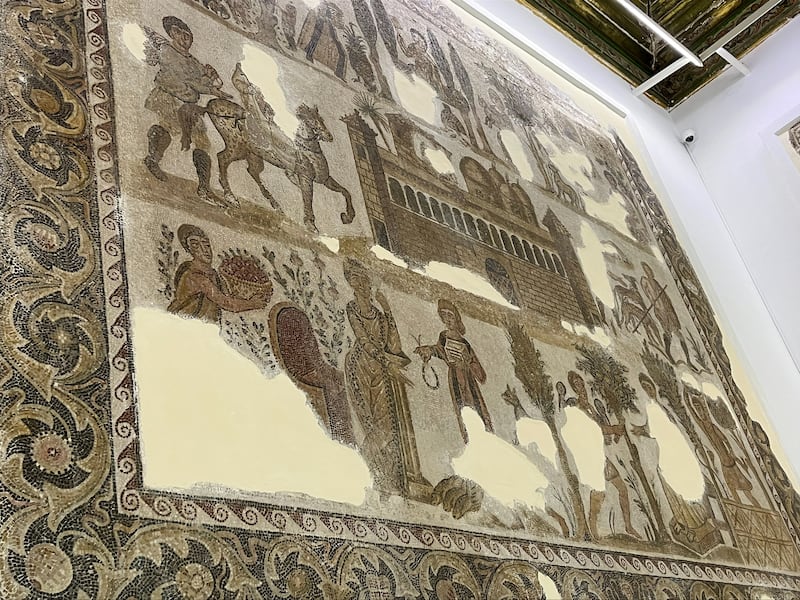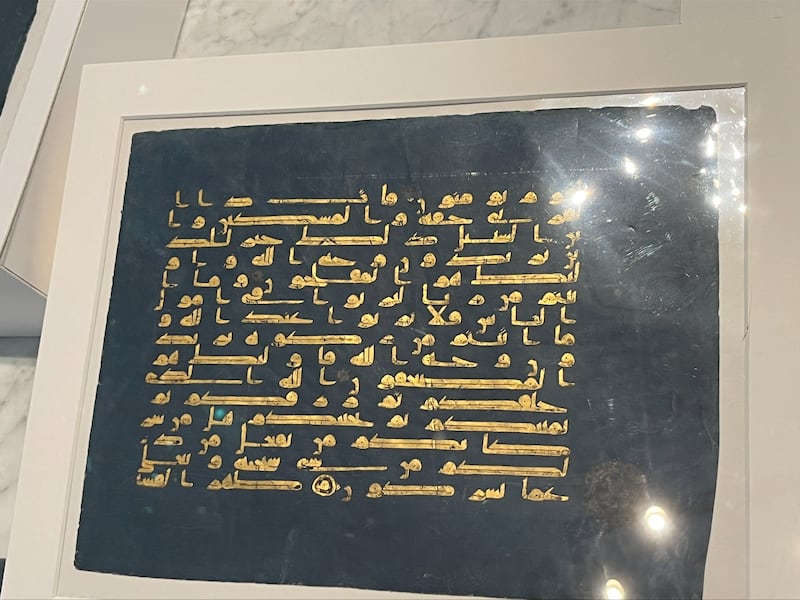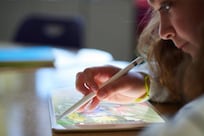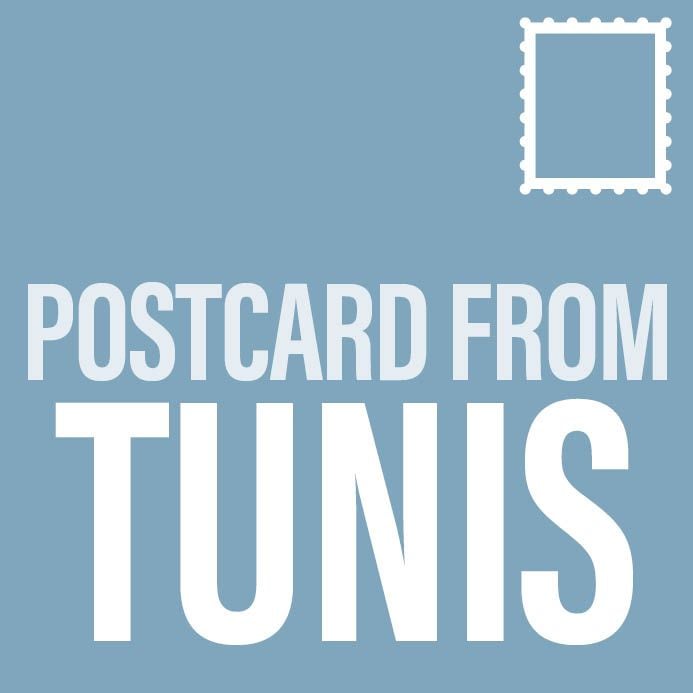
Tunisia’s Bardo National Museum has finally reopened its doors to visitors following two years of closure.
Located in the suburbs of the capital Tunis, the museum holds 5,000 square metres of mosaics – the biggest collection in the world and the second largest collection of Roman mosaics.
The three-hectare attraction is a must-see for visitors to the country.
Officially opened on May 7, 1888, it is the second largest Greek artefacts museum in the African continent after Cairo’s national museum. It was originally named the Alaoui museum, after Tunisia’s reigning monarch at the time, Ali Bey.
It was not until March 1956 that it was renamed the Bardo National Museum.
“The pieces exhibited in the museum reflect the country’s history starting from the prehistoric era, ancient history, the Middle Ages and the modern historic phases with the Ottomans and Beys,” Zied Khalloufi, a researcher in history and archaeology, told The National.
The museum is housed in a 19th century royal palace once the home of Tunisian Beys – the rulers when the country was part of the Ottoman Empire – which has been deemed a national archaeological site.
The building’s architecture reflects the different Mediterranean influences in Tunisia at the time, namely Andalusian-Moorish and Ottoman, as well as Italian.
The collections, displayed on three floors divided into rooms and themed areas, chart the richness and diverse history of not only Tunisia but also North Africa.
Charting Tunisia's history
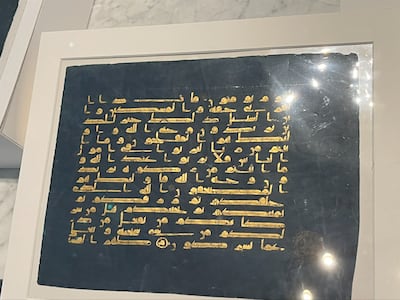
They start with the Numidian area, featuring engravings and sculptures that illustrate life in prehistoric Tunisia, including the beliefs, religions, scripts and languages.
The second room, the Punic section, includes offerings to the two main deities of ancient Carthage, Baal Hammon, the god of weather, and Tanit, the chief goddess of fertility.
“The Punic [section] reflects both the legacy of the native Tunisian Nubians and the Phenoecians who came and established Carthage later. This laid the ground for what we call now the Punic civilisation,” Mr Khalloufi told The National.
After its reopening in September, the Bardo Museum introduced a number of new areas such as the Althiburos room, which used to be the music room for Moncef Bey.
The room showcases a series of mosaics, including two that document the daily lives of the Punic people, showing ships and fishing techniques from Althiburos in the 4th century and the complete representation of a banquet in Carthage, also from the 4th century.
New departments, including the Islamic, Sousse and Oudhna sections, have been added.
In the Islamic section you can see the Blue Quran papers, among the most famous works of Islamic calligraphy, notable for its gold lettering on rare indigo-coloured parchment. It dates back to the 12th century.
The original manuscript, which was made in the Great Mosque of Kairouan and comprised about 600 pages, was dispersed during the Ottoman period and today most of it is in the Bardo Museum.
A world of mosaics
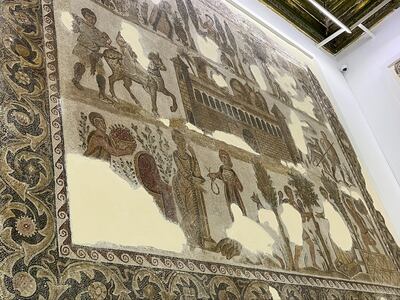
The museum's collection is notable for its richness and variety of themes. They include beliefs and mythology, time and the division of seasons, astrology, superstition and references to monotheistic religions such as Judaism and Christianity.
But the undisputed highlight of the Bardo Museum is its collection of mosaics.
“The museum's most unique feature is the collection of mosaics, which can only be seen there, namely the famous mosaic painting Virgil,” Mr Khalloufi said.
The mosaic was found on the site of the ancient Hadrumetum community, on the east coast of Tunisia. It is believed to be the oldest portrait of the Latin poet.
Another mosaic that commands visitor's attention as soon as they enter the museum’s hall is the Triumph of Neptune.
This Roman mosaic depicts the sea god surrounded by the four seasons. It dates from the third century and was discovered in Sousse, on the east coast of Tunisia.
New treasures to discover
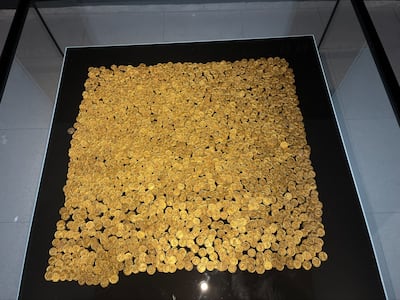
New exhibits include the Roman coin treasure of Thysdrus (now El Jem) which was excavated by Tunisian professor Mustapha Khanoussi in 1993, and the two keys of the most ancient synagogue in Tunisia, the Naro synagogue (Hammam Lif today).
The Bardo Museum certainly offers a insight into Tunisia's multilayered cultural heritage, and has the potential to become an even bigger attraction for visitors from around the world.
“There’s still lots of heritage and historical pieces that exist in Tunisia and in order for people to know more about it, more conferences, open study days and exhibitions should take place regularly for both Tunisians and tourists to enjoy,” Mr Khalloufi said.
Then, he says, the Bardo Museum could become “one of the most important museums in Africa and, why not, in the world".
